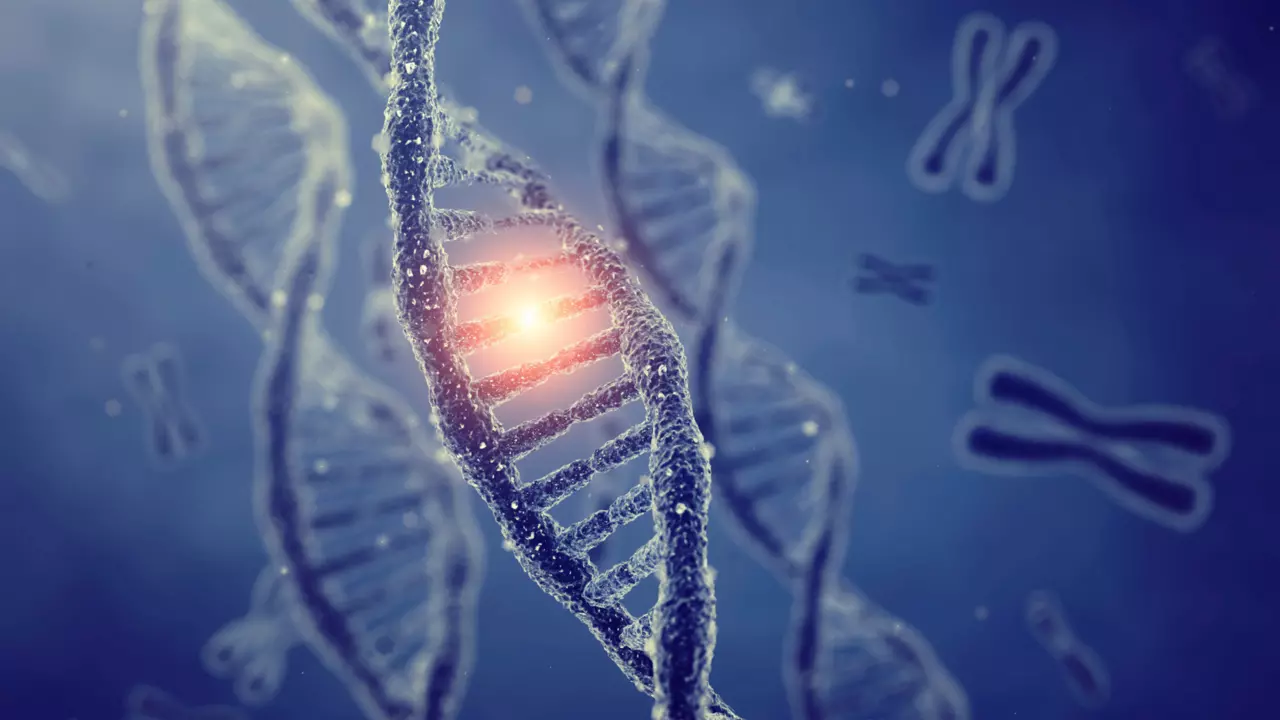How Does Loss of FLCN Lead to Kidney Cancer?
8 Sep 2023
Birt-Hogg-Dubé syndrome (BHD) is associated with an increased risk of kidney cancer. It is important to understand how kidney cancer can develop so we can know how to best treat it. In most cases, BHD is caused by mutations in the gene folliculin (FLCN). Everyone has 2 copies of FLCN. A mutation in just one of the copies is enough to cause the symptoms seen in BHD including the skin bumps, lung cysts and collapsed lungs. However, it is thought that for kidney cancer to develop, a mutation in the second copy of FLCN is needed. This results in a complete loss of functional FLCN protein.
There has been a lot of research in recent years to understand how FLCN works inside our cells. FLCN can influence many different cellular pathways. Many of these pathways are important for normal cellular function such as cell growth, division and survival. When these pathways are disrupted, cancer can develop. Cancer cells need to be able to survive and grow at a faster rate than normal cells. Developing new treatments to treat cancer requires an in-depth understanding of these processes. A new study has furthered our knowledge of how FLCN controls signalling pathways important for cancer development.
The authors of the study looked at changes in phosphorylation between cells containing FLCN and those lacking FLCN. Phosphorylation is a type of change that can happen to proteins in our cells and can act as an on/off switch. Proteins called kinases control this process, adding phosphates to other proteins to turn them on or off. The authors found several differences between the cells with and without FLCN. This included many kinases. They looked at which kinases were activated upon loss of FLCN. Among the changes seen, the researchers found that kinases called EGFR, MET and MAPK were activated. These kinases control signalling pathways that have been shown to be potentially involved in the development of cancer. Activation of MET has been shown to be involved in the development of both inherited and non-inherited kidney cancer.
The researchers used different drugs to block the activity of each of the kinases in cells with or without FLCN. They also tested these drugs in cells that were derived from a BHD kidney tumour. They looked to see if there was more cell death in the cells lacking FLCN. The researchers found that there was more cell death when the activity of EGFR and MAPK were blocked, but not when MET activity was blocked. Further work testing these drugs in different models of BHD is needed to see if they would be able to slow down BHD tumour growth.
Previous work has shown that loss of FLCN leads to the activation of a protein called TFEB. TFEB is a type of protein called a transcription factor. When active, TFEB moves to the nucleus so it can drive the expression of genes. These genes are involved in pathways that lead to an increase in cell division that can lead to cancer development. FLCN acts to keep TFEB in the cytoplasm in an inactive state. In this study, the authors found that loss of FLCN led to dephosphorylation of TFEB. This led to TFEB becoming active and moving to the nucleus. However, the researchers could not identify how FLCN led to the dephosphorylation of TFEB. Further work is required to understand this process fully.
In summary, this work has identified new ways in which loss of FLCN can result in the early stages of cancer development. It has also highlighted that there may be new pathways that are worth investigating for potential new treatments for BHD-related kidney cancer. Currently, there are no drugs available to treat BHD-related kidney cancer. Surgery is performed to remove any tumours when they get to a certain size. Finding new treatments for kidney cancer is of great interest to the BHD Foundation and Myrovlytis Trust. We look forward to seeing further research bringing us closer to new treatments or even a cure for BHD.
